Comparison of Sintered Bearings: Advantages and Disadvantages
What Are Sintered Bearings?
Sintered bearings are made by compacting metal powders into a mold and then heating them to just below their melting point, causing the particles to bond together. This process, known as sintering, creates bearings with excellent mechanical properties and precision.
Advantages of Sintered Bearings
1. Self-Lubrication
- Oil Impregnation: Sintered bearings can be impregnated with lubricating oils during the manufacturing process, providing continuous lubrication over their lifespan.
- Reduced Maintenance: The self-lubricating properties significantly reduce the need for regular maintenance and lubrication, saving time and costs.
2. Cost-Effective Production
- Material Efficiency: The sintering process uses metal powders efficiently, leading to minimal material waste.
- Mass Production: Sintered bearings can be produced in large quantities with consistent quality, making them cost-effective for high-volume applications.
3. Precision and Uniformity
- Tight Tolerances: The manufacturing process allows for the creation of bearings with precise dimensions and tight tolerances.
- Consistency: Each sintered bearing produced is uniform, ensuring reliable performance and fit in various applications.
4. Porosity and Lubricant Retention
- Controlled Porosity: The porosity of sintered bearings can be controlled during the manufacturing process, allowing for optimal lubricant retention.
- Enhanced Performance: The retained lubricant helps reduce friction and wear, enhancing the overall performance and lifespan of the bearings.
5. Material Versatility
- Various Metal Powders: Sintered bearings can be made from a variety of metal powders, including bronze, iron, and stainless steel, allowing for customization based on specific application requirements.
Disadvantages of Sintered Bearings
1. Initial Tooling Costs
High Setup Costs: The initial setup for sintering, including the creation of molds and dies, can be expensive, which may be a barrier for small production runs.
2. Material Limitations
Limited Material Choices: While there is some versatility, the range of materials suitable for sintering can be limited compared to other manufacturing methods, potentially restricting design options.
3. Mechanical Properties
Lower Strength: Sintered bearings may have lower mechanical strength compared to traditionally manufactured bearings, which can limit their use in high-load applications.
Porosity Issues: The inherent porosity, while beneficial for lubrication, can also weaken the structural integrity of the bearings.
4. Dimensional Accuracy
Shrinkage Control: The sintering process involves shrinkage, which must be precisely controlled to maintain dimensional accuracy.
Post-Processing Requirements: Some sintered bearings may require secondary operations such as machining or heat treatment to achieve the desired final properties.
Applications of Sintered Bearings
1. Automotive Industry
Engines and Transmissions: Sintered bearings are used in various engine and transmission components due to their self-lubricating properties and cost-effectiveness.
2. Industrial Machinery
Motors and Pumps: Their durability and reduced maintenance make sintered bearings ideal for use in motors and pumps in industrial applications.
3. Home Appliances
Washing Machines and Refrigerators: Sintered bearings are used in household appliances where silent operation and low maintenance are essential.
4. Office Equipment
Printers and Copiers: Their precision and reliability make sintered bearings suitable for use in office equipment.
Conclusion
Sintered bearings offer several advantages, including self-lubrication, cost-effective production, precision, and material versatility. However, they also present challenges such as initial tooling costs, material limitations, and lower mechanical strength. By understanding these factors, industries can make informed decisions about the use of sintered bearings in their applications.

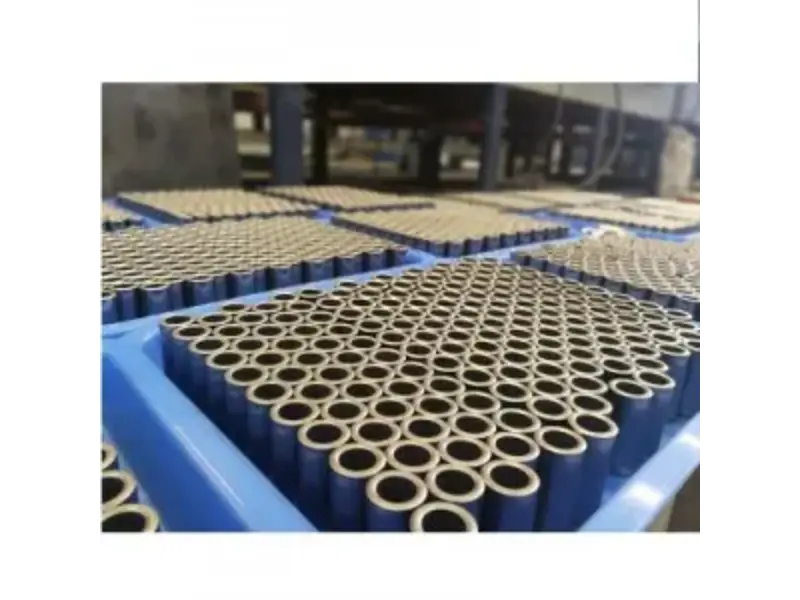
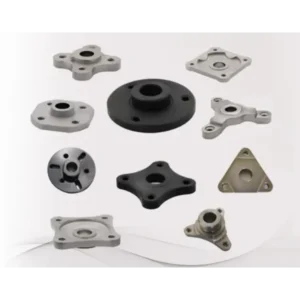
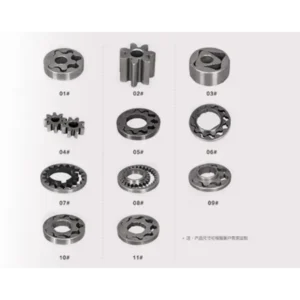
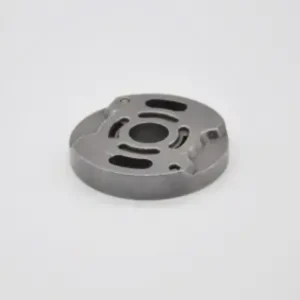
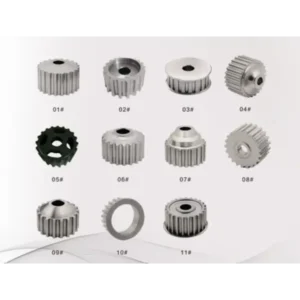
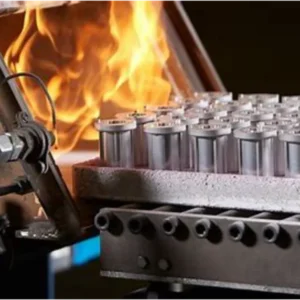
Reviews
There are no reviews yet.